With increasing reports of wild boars – including the large male dubbed “Pigzilla” on the Peak, a couple of hikers [March 2018] mistaking a leopard cat for a tiger, and an upturn in local porcupine photos appearing online, this seems a prime time for getting out and about for mammal watching in Hong Kong. Which need not mean donning camouflage garb to creep through forests in the dead of night, as some local mammals are readily found on the edge of the city.
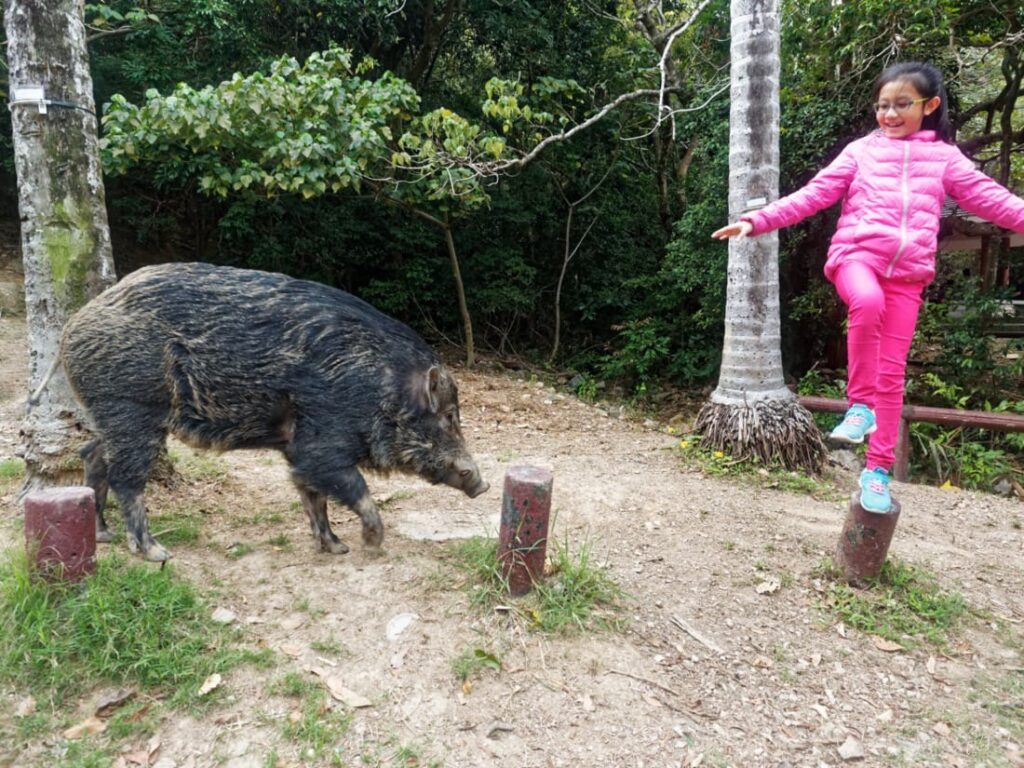
If and when you do come across these mammals, it’s worth bearing in mind some advice to help avoid situations that could prove dangerous to you and/or the animals. As Dr Billy Hau, Honorary Assistant Professor in Hong Kong University’s School of Biological Sciences, pithily puts it: “Just don’t feed wild animals and keep a distance from them.”
Paul Crow, Senior Conservation Officer of Kadoorie Farm and Botanic Garden, recommends, “Always give animals space and time to exit the scene, and keep in mind that in most situations the animals may be more afraid than you. Go into nature knowing what you might find and how to behave, and you can enjoy wild encounters. Use your nose too. Civets and porcupine have really strong musky smells that give away their presence even if you haven’t spotted them.”
Invading our space?
While some media reports tell of wild boar or macaques invading urban areas, it’s we humans who are relative newcomers, with a confirmed history in Hong Kong dating back some 6000 years. Elephants, rhinoceroses, bear and large deer surely roamed the area, yet especially from around 1,000 years ago forests were felled to make way for towns, villages and farmland. These large mammals vanished without trace; foxes, leopards and tigers clung on into last century, until they too became locally extinct.
Today’s mix of species includes some like wild boar that survived the forest destruction – and earlier hunting; along with others such as cattle that have been introduced, and a few like mongooses that could be wild, or might have been introduced. Here are five species to look for, along with tips on watching them.
Wild boar – no kicking please
When hiking in remote parts of the New Territories, you might see patches of ground that have been freshly dug, with soil turned over by wild boar rooting for food. Yet there might be no boar in sight, as they tend to be shy, mostly active at night.
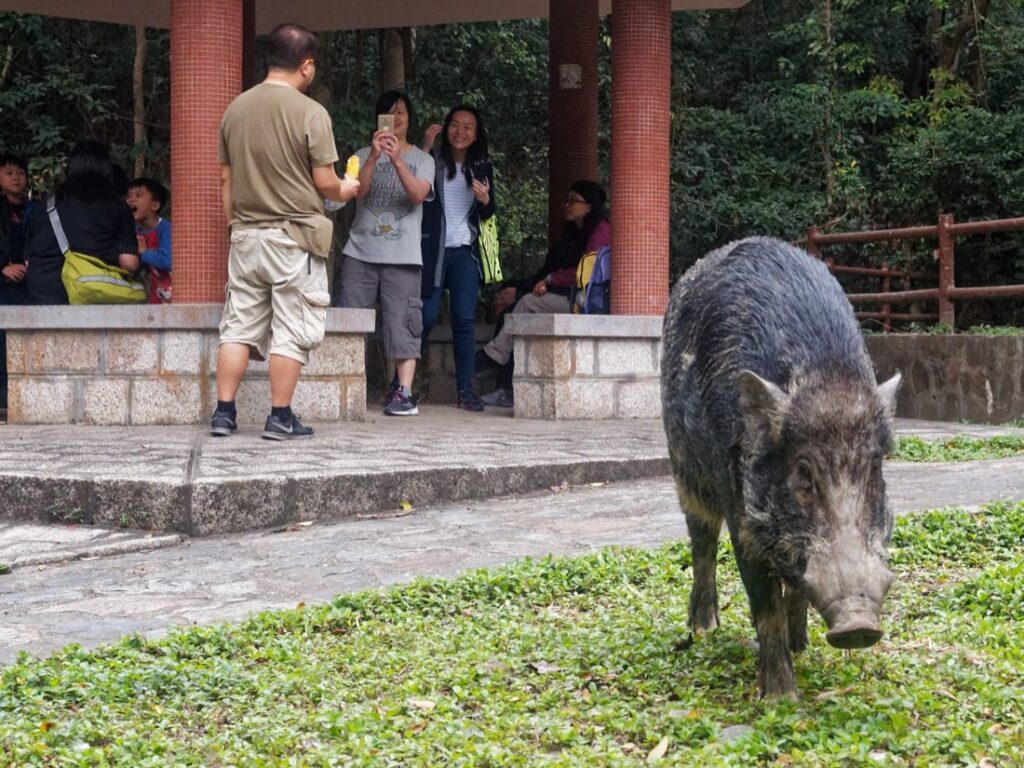
You have far better chances of seeing wild boar by the city, especially on Hong Kong Island – in places like the Peak, Lung Fu Shan, and Aberdeen Country Park. And while they tend to be nocturnal, there’s a good chance of sightings in early mornings and late afternoons.
One recent afternoon at the lower entrance to Aberdeen Country Park, a blackish male boar came trotting along the narrow road, almost oblivious to people strolling metres away. Two partly grown youngsters snuffled across a grassy area with a table favoured by mahjong players – one of whom previously told me, “There’s a big male that sometimes falls asleep right next to us.”
Some people snapped photos, clearly pleased to see these animals up close, but always watchful, keeping a little distance.
With wild boar, it’s clearly wise to be respectful – as a police officer found in Tseung Kwan O last June, when he kicked a wild boar that promptly attacked him and a passing cyclist.
Mischievous macaques
Macaques are also ready to fight back if they are or feel threatened. And note that to them, excessive eye contact can be a form of aggression, as can curling lips back to show off teeth.

When macaques are near, don’t have food or packages of food that are easily seen, and could be snatched. I once saw a teacher put down his bag and, quick as a flash, a macaque grabbed it, climbed a tree to search for edible booty, and only parted with his prize after yelling and an umbrella waved in his direction.
Most local macaques are rhesus macaques, released after Kowloon Reservoir was built in the hope they would cut down the chances of leaves toxic to humans affecting the water supply. The macaque population here grew, as they were long fed by people, leading to nearby Kam Shan being known as Monkey Mountain. Feeding macaques is now illegal, yet continues, and it’s easy to see them here.
Easy, but not satisfying, as the macaques might be just hanging around, waiting for handouts. It’s more rewarding to come across them in forest areas, such as around Shing Mun Reservoir, where you might watch a troupe searching for fruit and other natural foods.
Prickly porcupines
Malay porcupines are scarcer, and tend to sleep during daytime. But if you’re sometimes out and about looking for nocturnal wildlife – like Robert Ferguson, founder of the WildCreaturesHongKong website – you should find them, especially in parts of Hong Kong Island.
“I’ve seen them a lot of times,” says Ferguson. “There are quite a few around Bowen Road, also along Black’s link and on the Peak. They’re about the size of a corgi, and you some times hear them as they move – it’s quite a spooky sound with all their quills rattling, and really cool. They tend to be in pairs, so if you see one walking away, you might then get a better look at its partner.”
When annoyed, porcupines raise their quills, ready to back towards animals that seem threatening. So if you happen upon one, give it some space.
How now, brown cow? Released from farms, cattle and buffalo roam free
Feral cattle and water buffaloes now live wild in parts of Hong Kong, and are descended from animals that were released as farming declined.
Perhaps the idea of seeing former farm animals hardly seems like wildlife watching. Yet if you encounter cattle during a hillside hike, they can seem impressive, and totally at home – which is unsurprising as wild relatives such as gaur are native to southeast Asia, and may well have lived here before.
Feral cattle also frequent areas with many people, like Ngong Ping on Lantau. And, especially on Tap Mun in the eastern New Territories, some are fond of scrounging food from picnickers and campers.

Water buffalo favour marshy areas, especially former paddyfields at Pui O, southeast Lantau. Here, they are well used to passers-by. Like the wandering cattle, they even have some human friends who might give them names, and seek veterinary help if any are injured.
Often, the water buffalo are accompanied by cattle egrets ready to prey on insects they disturb. A herd of buffaloes, along with egrets, can make for a wonderful scene. Perhaps more surprisingly, late on hot afternoons the buffalo sometimes head to the beach, maybe to bathe in the sea.
Lady luck needed for leopard cats, civets and more
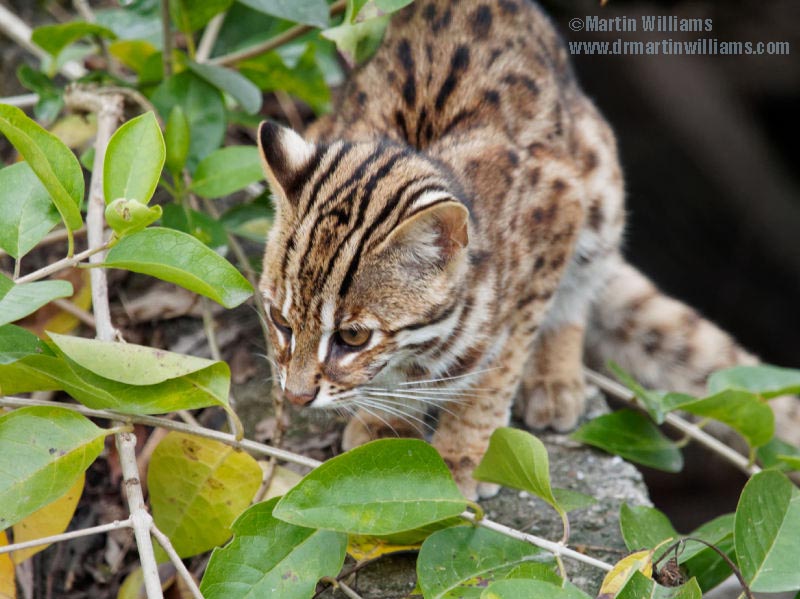
Perhaps the hikers who mistook one for a tiger wouldn’t think so, especially as they were so terrified they went to hospital, but it takes a lot of luck to see a wild leopard cat. I had just such luck once, with a remarkably close individual at Mai Po Marshes; it lingered just long enough for me to take photos, then vanished.
Luck can play a huge role in sightings of other mammals, too. Though of course, the more you go out, the “luckier” you can become. Late one afternoon on Tai Mo Shan, I saw a masked palm civet – with rather cat like body, pointed black and white face, staring at me from atop a boulder.
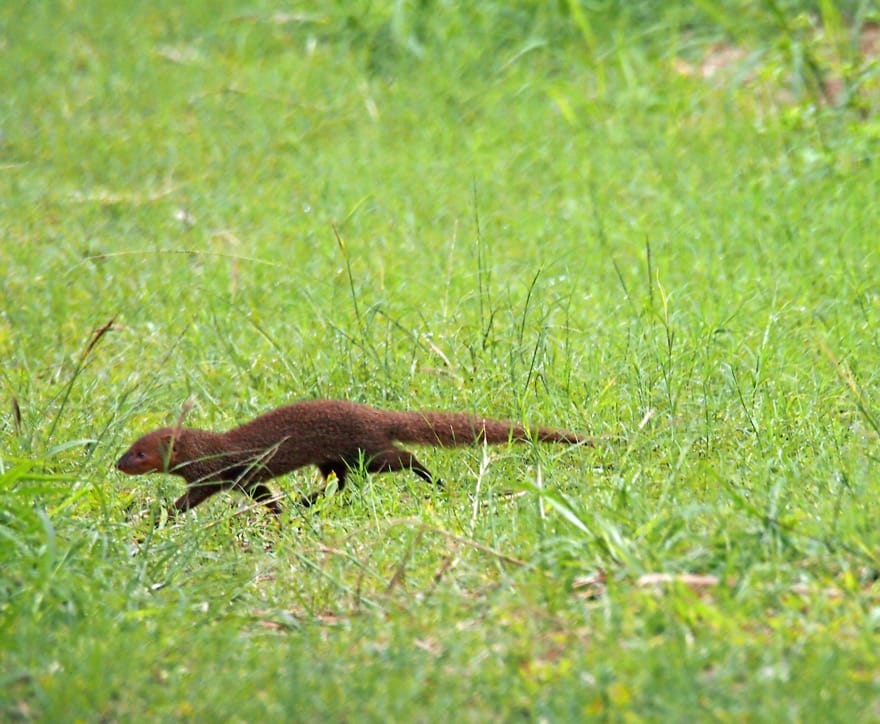
I’ve seen small Asian mongoose high on a hill, too, though mostly encountered them at Mai Po, often trotting briskly along roadsides, once a party of three frolicking with one another on a grassy bank. My only sighting of an anteater-like pangolin was when walking in Sai Kung Country Park after sunset, and one crossed the path right in front of me.
Red muntjac, or barking deer, are more readily heard than seen – with the male’s call indeed like a dog barking on a hillside. Perhaps in future these deer will relax a little like the wild boar, becoming another mammal that helps make for easy yet rewarding wildlife watching, right here in Hong Kong.

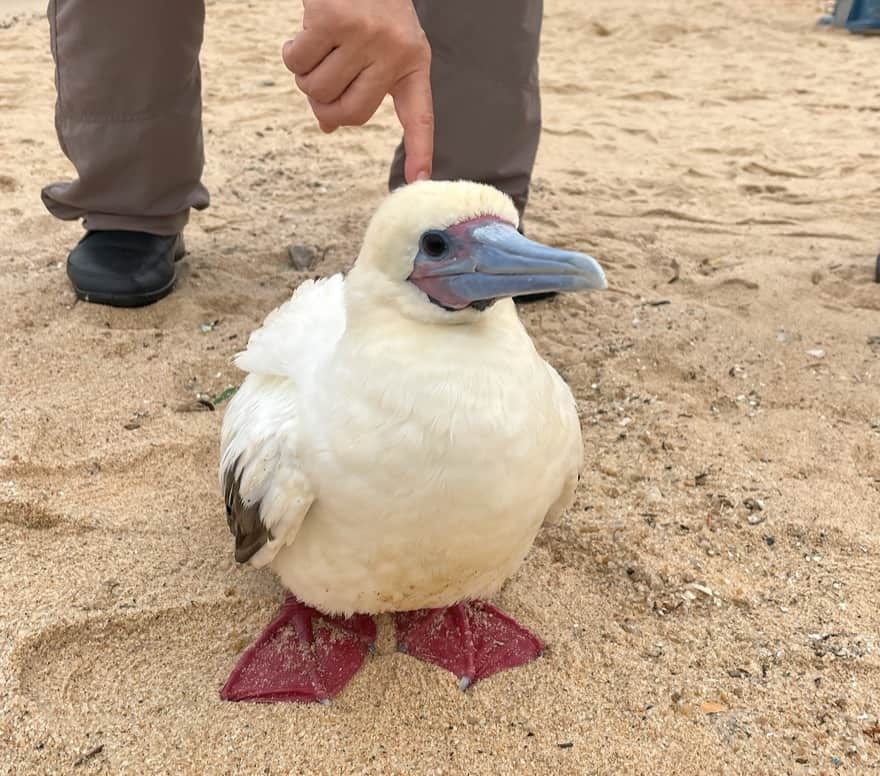
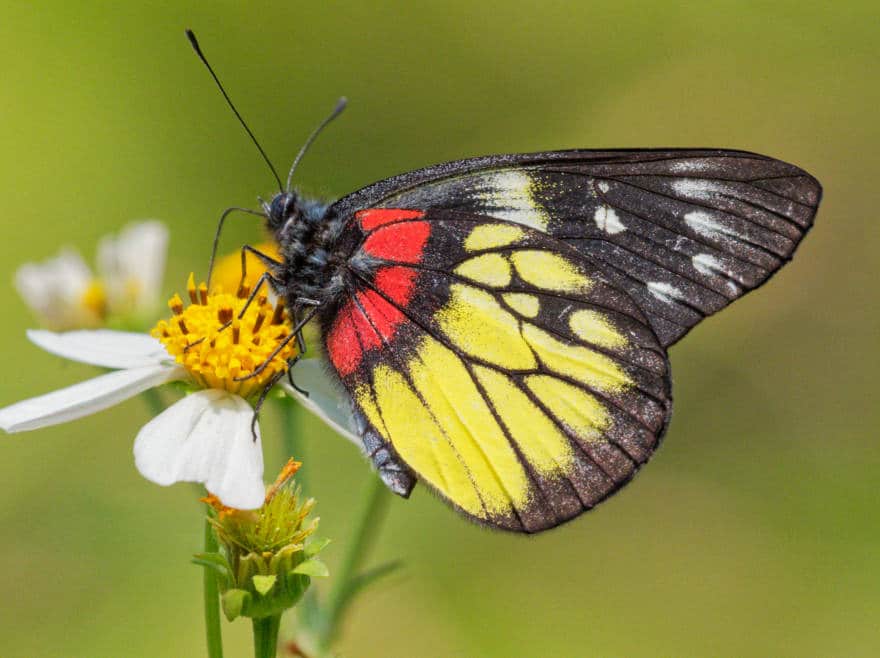
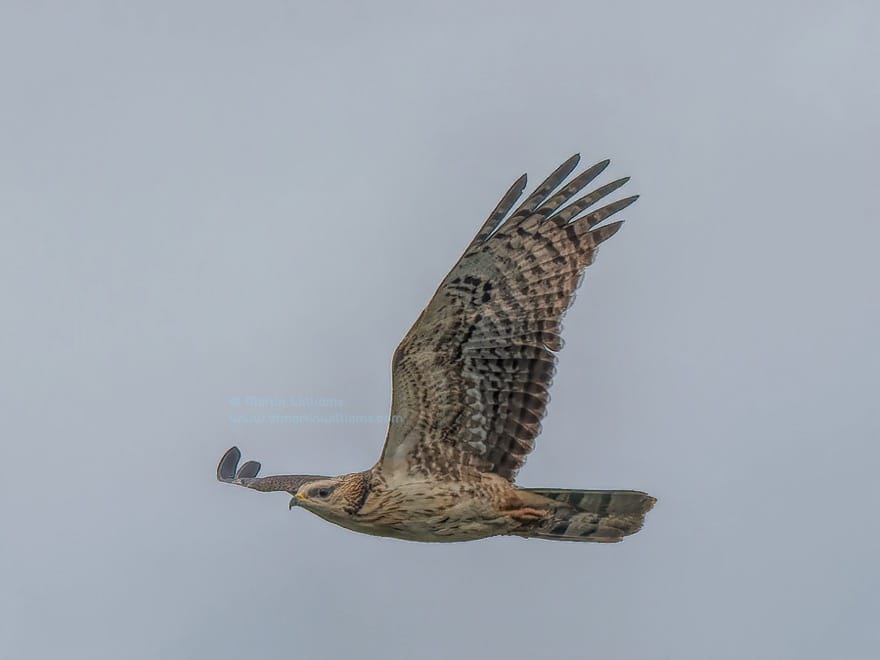
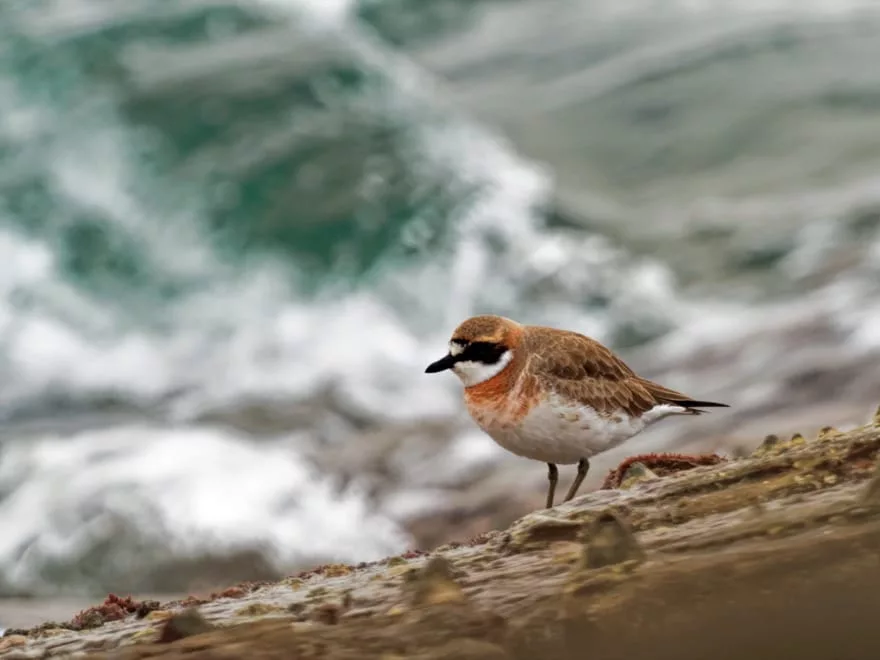
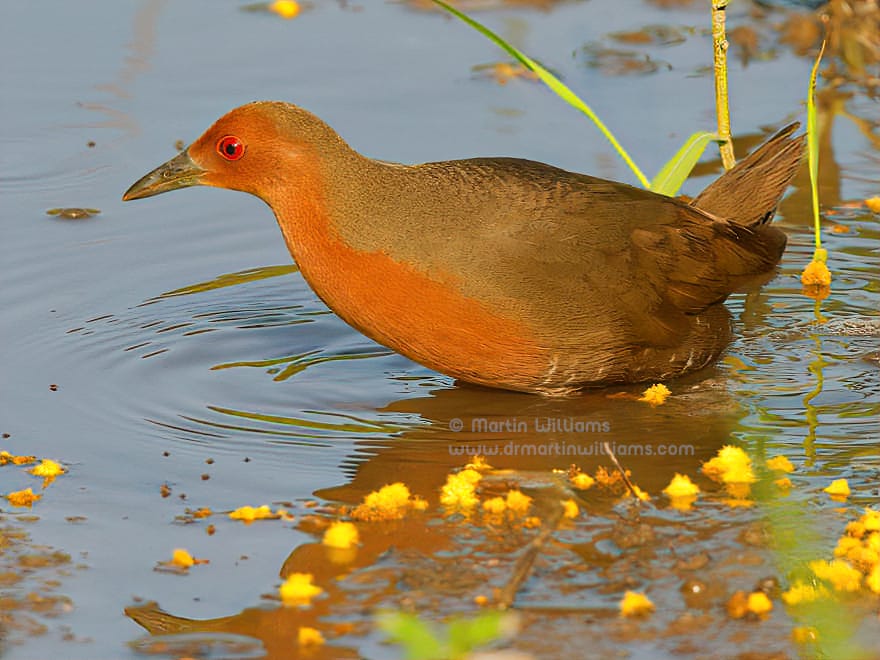


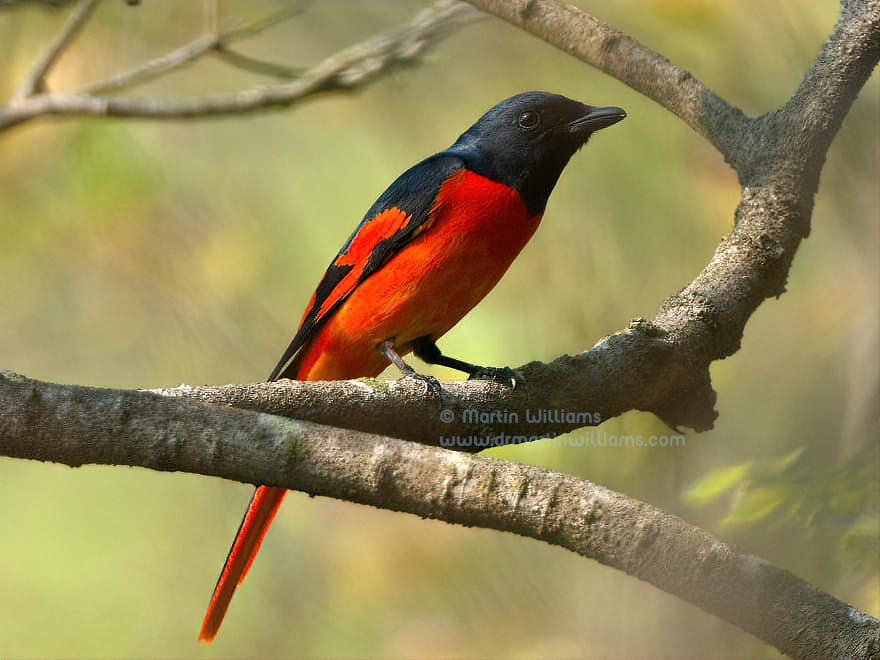
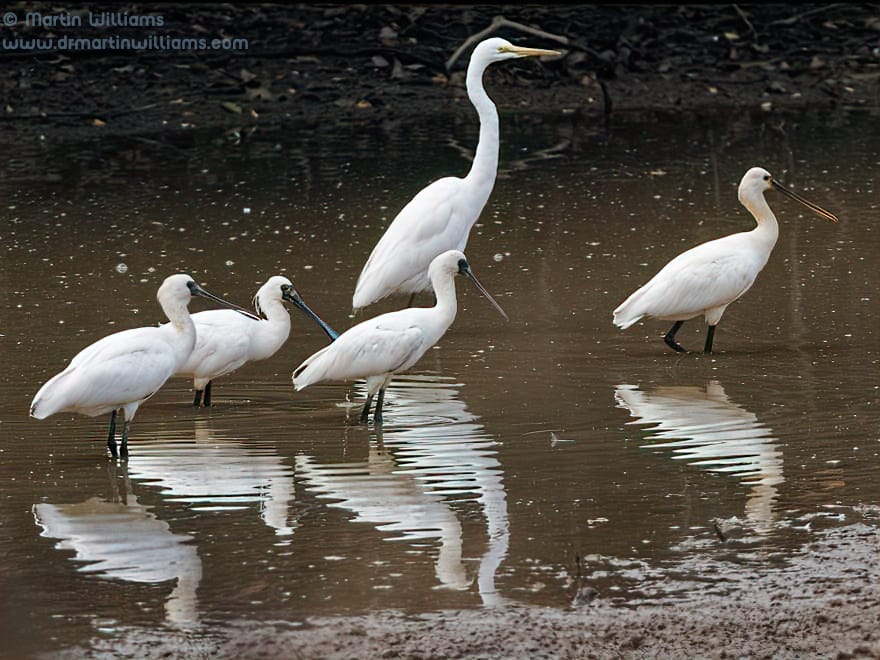
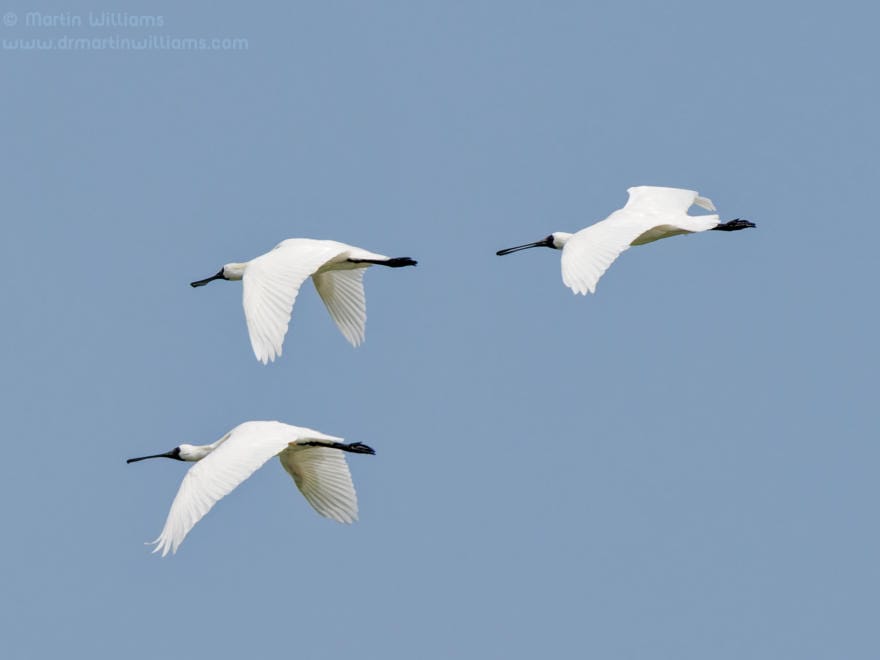
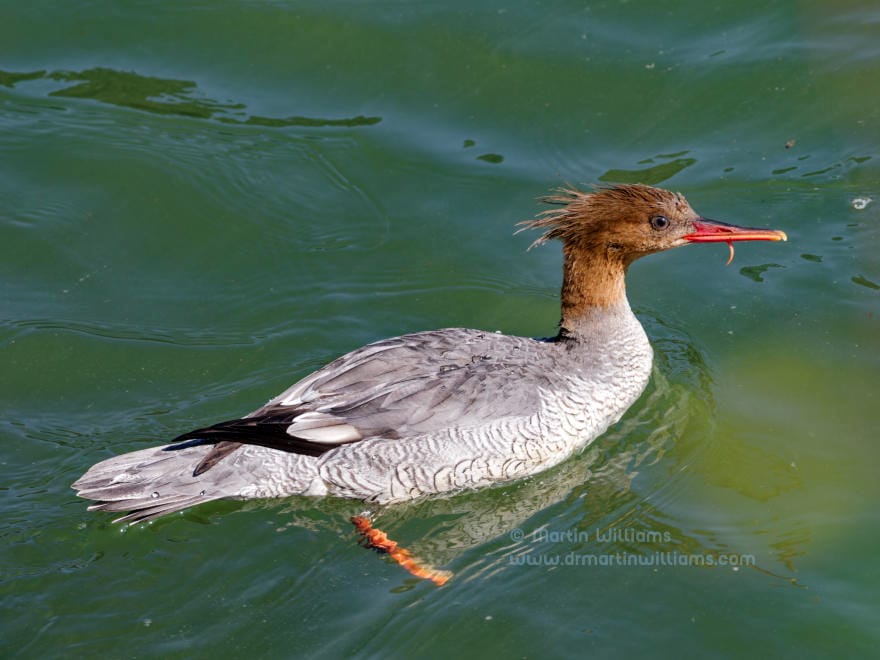
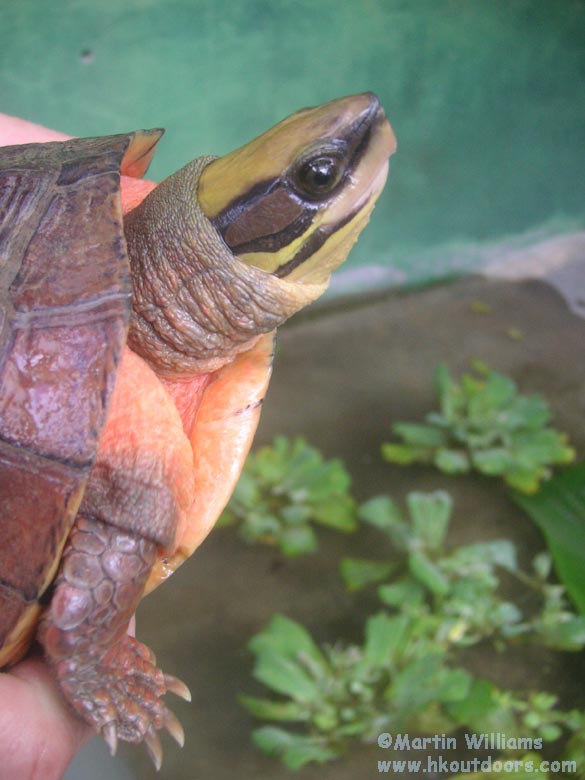

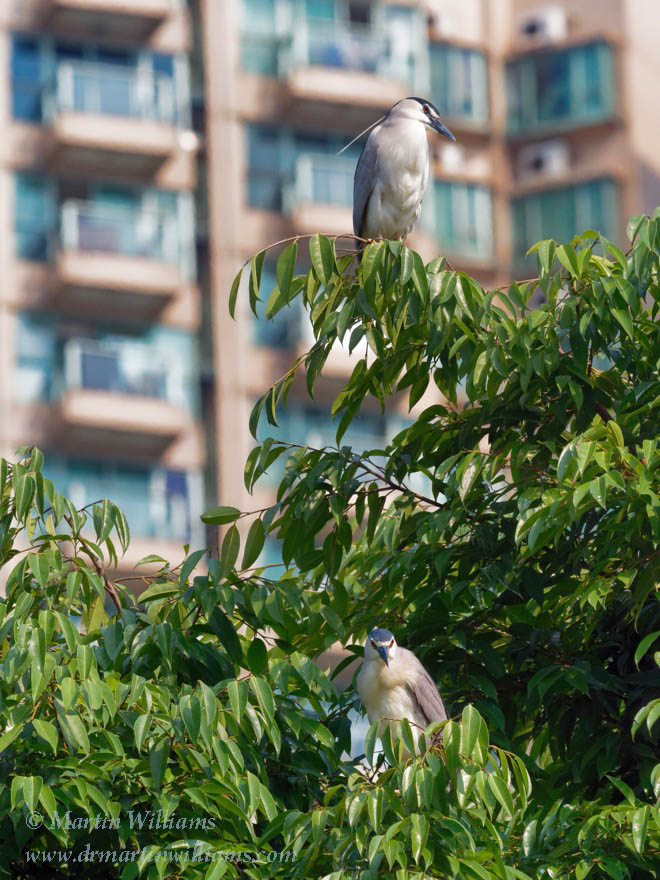
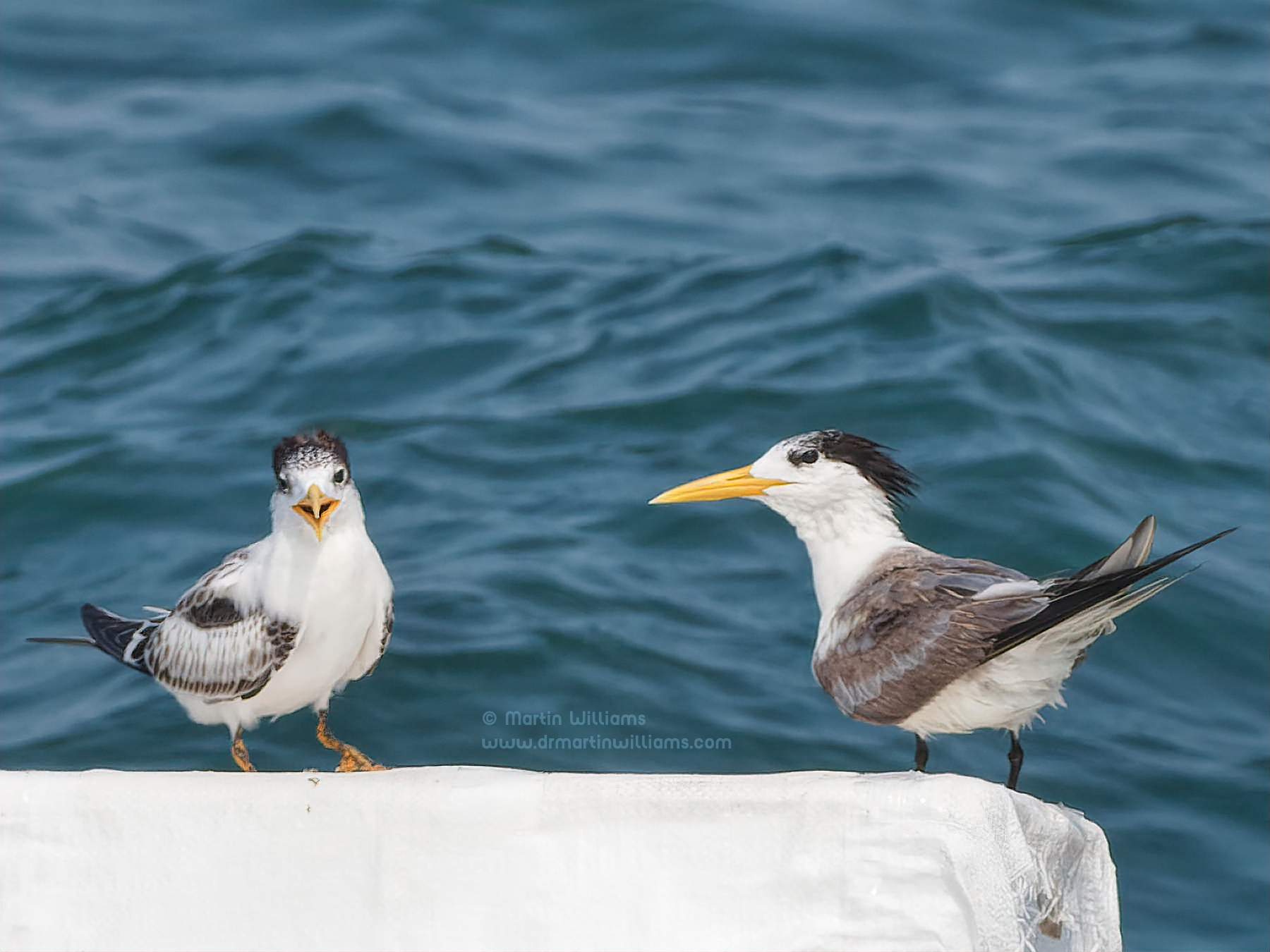
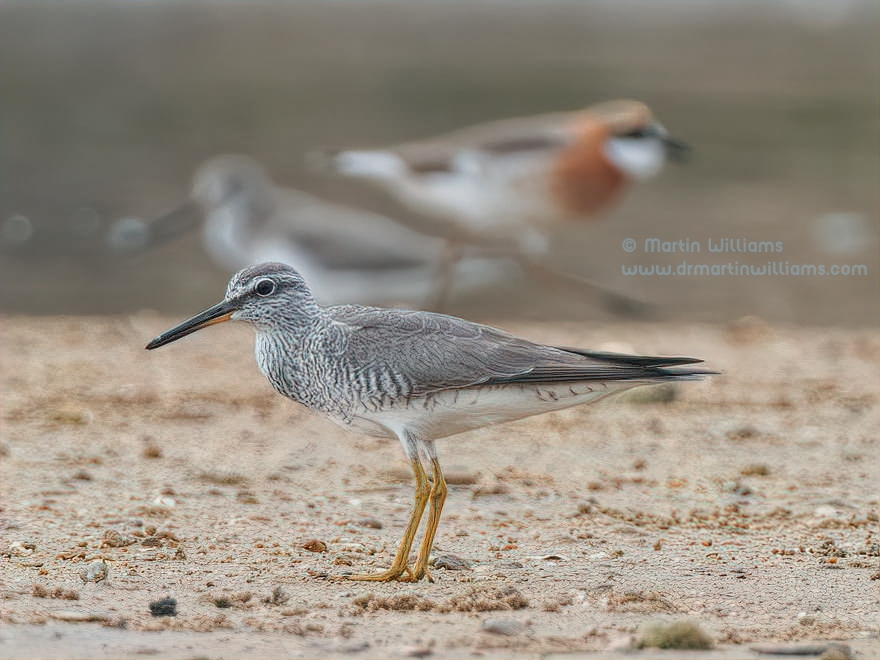
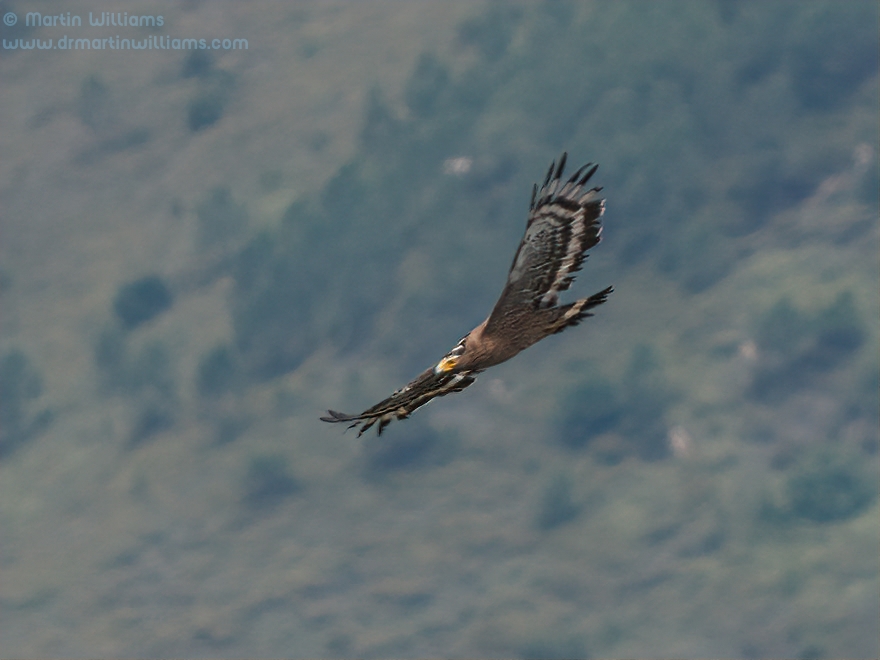
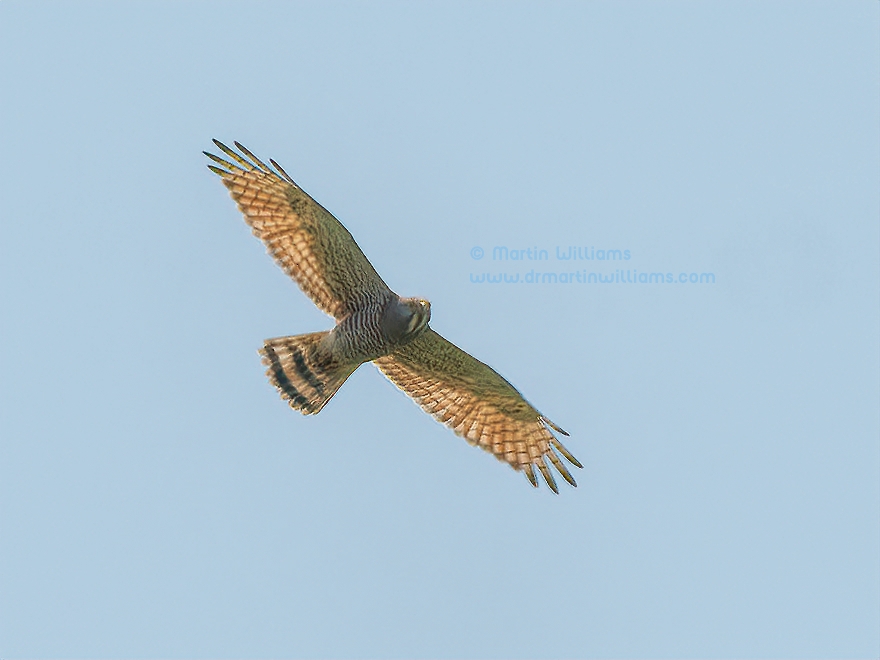
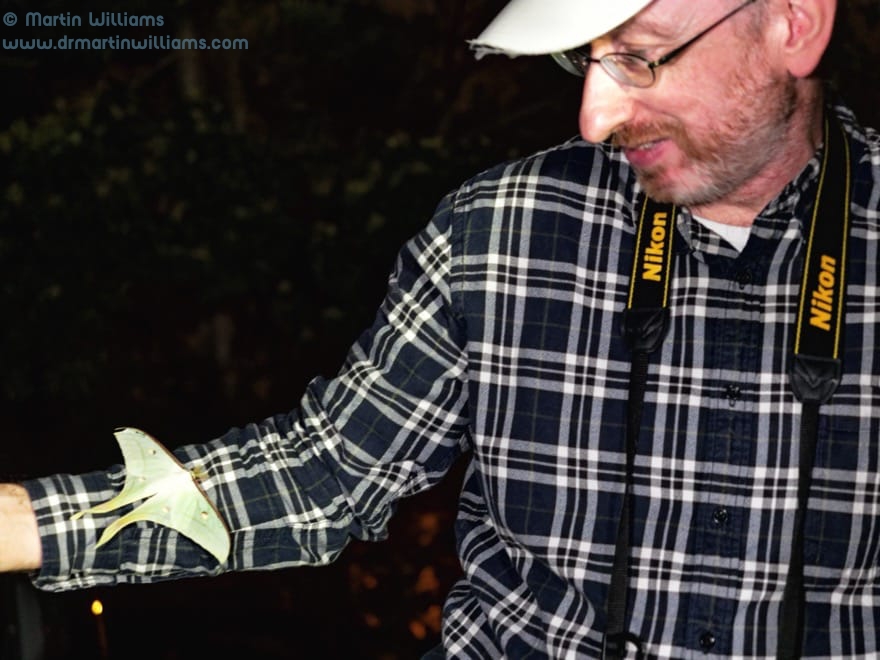
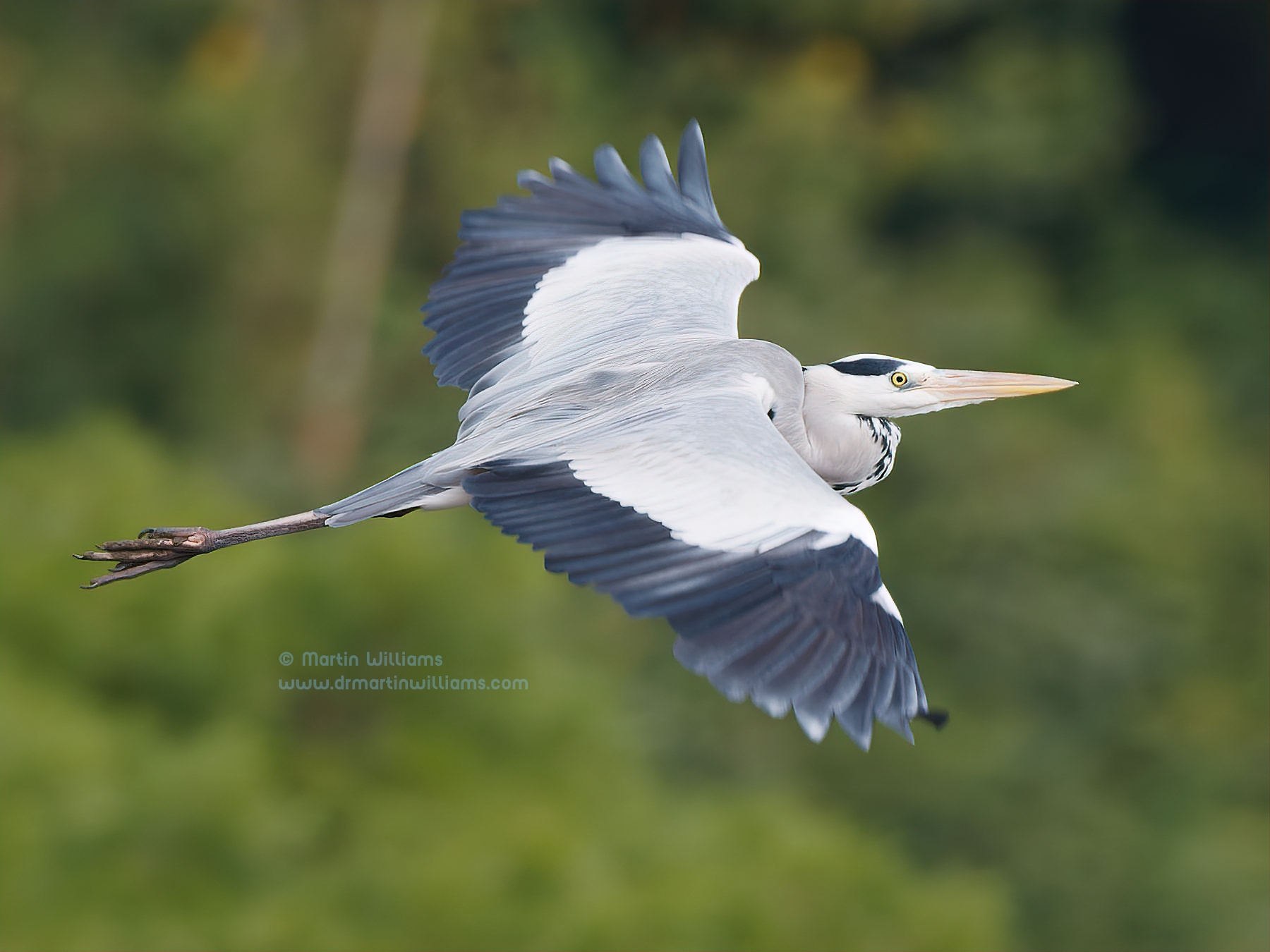
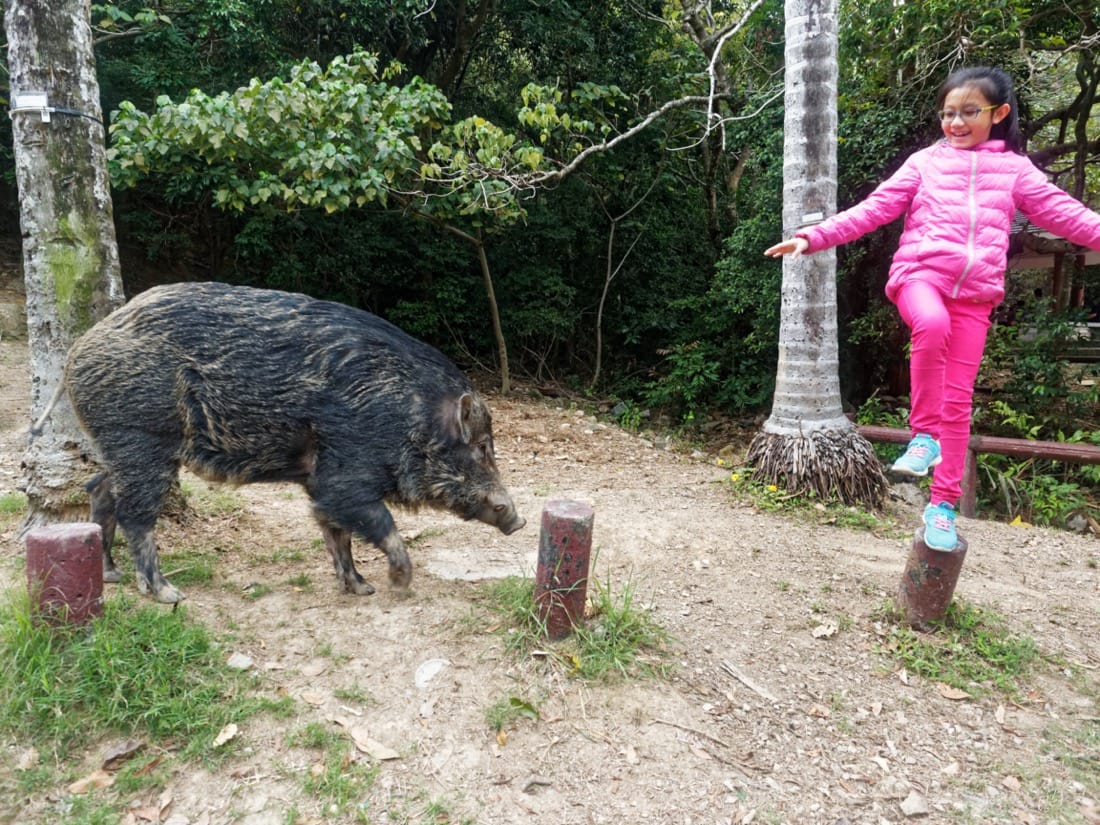
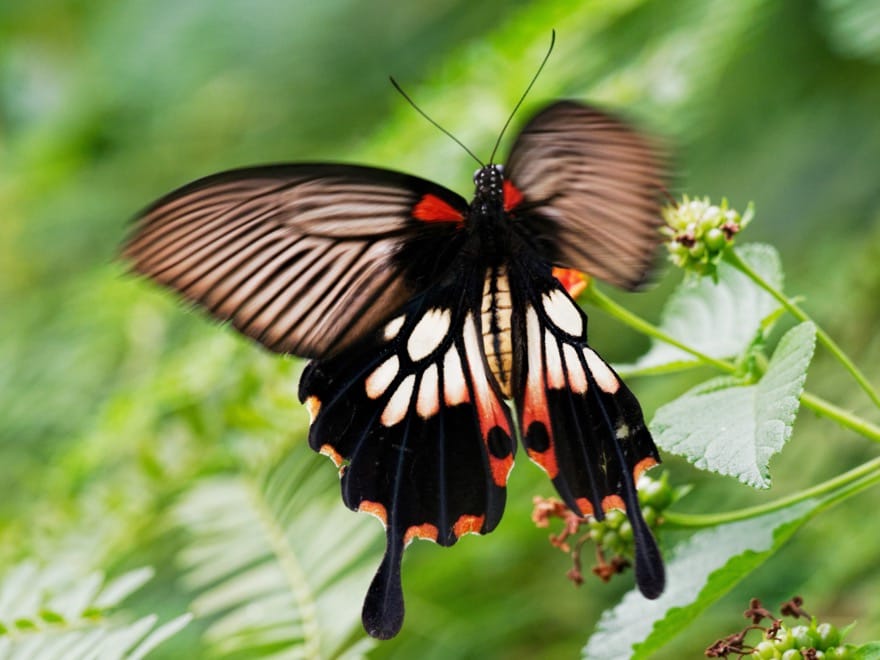
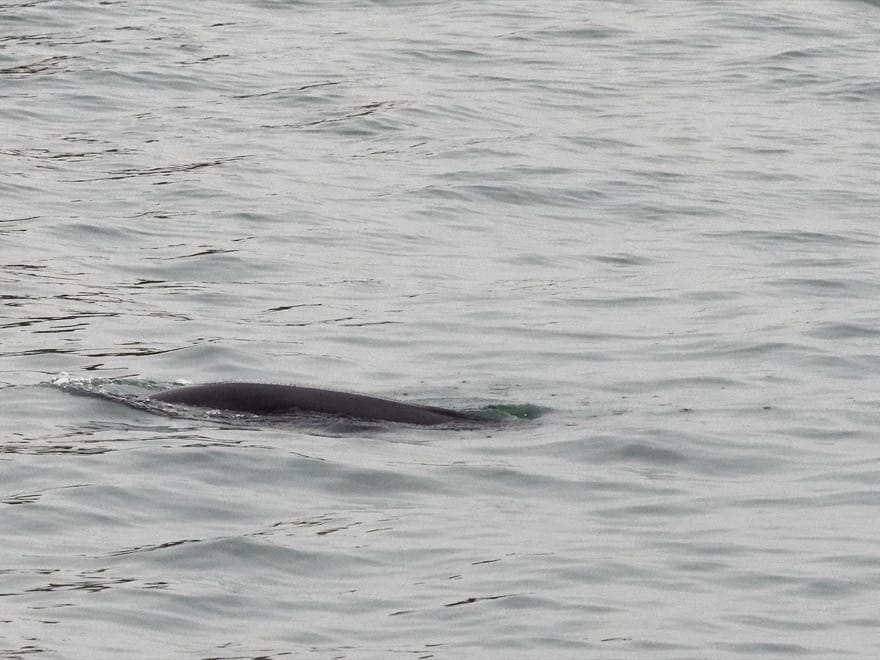
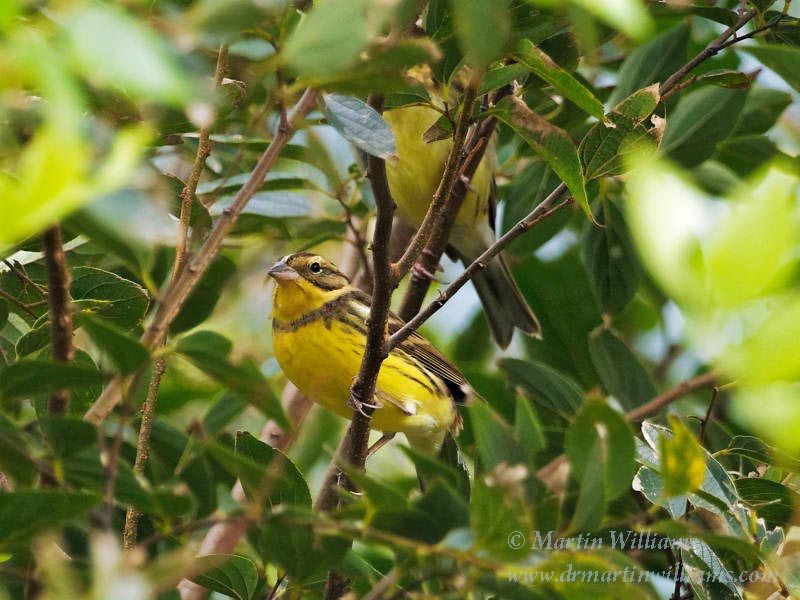
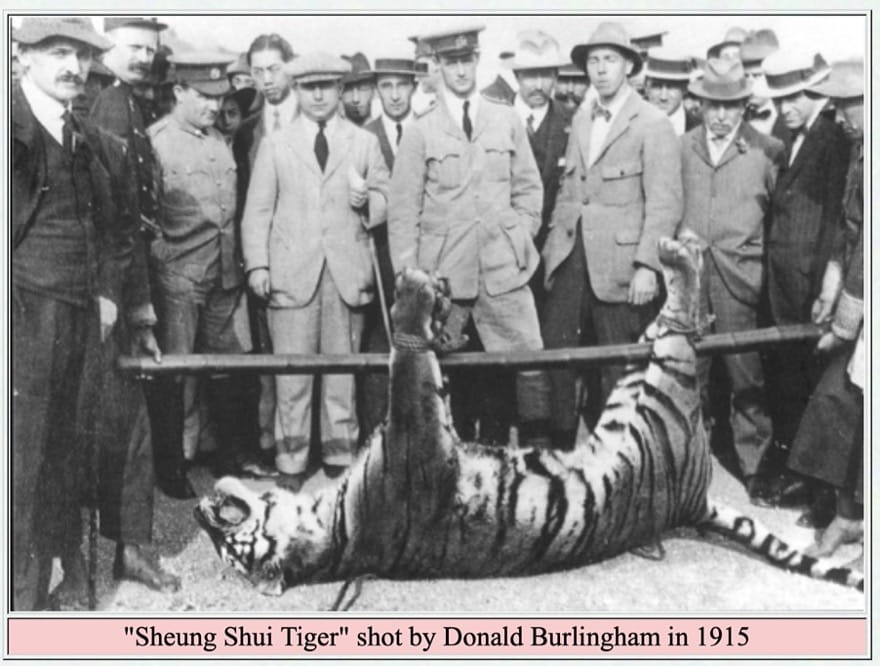
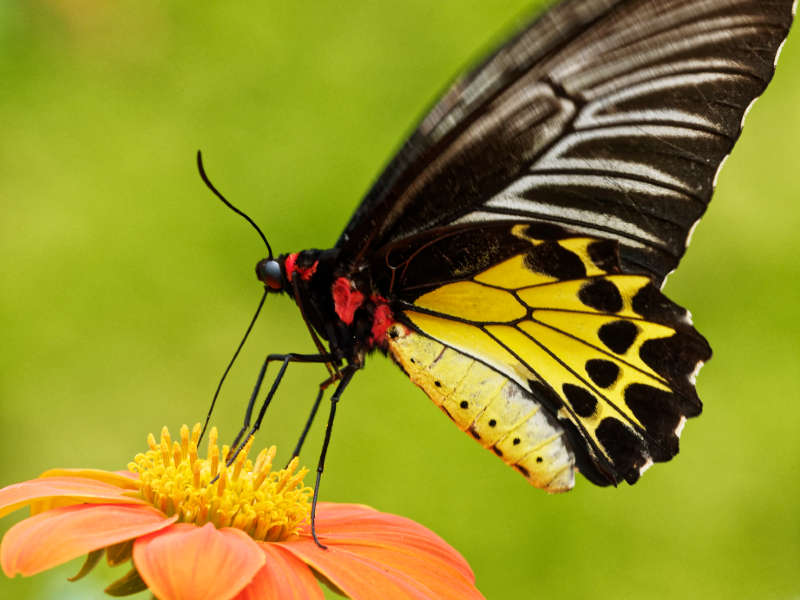
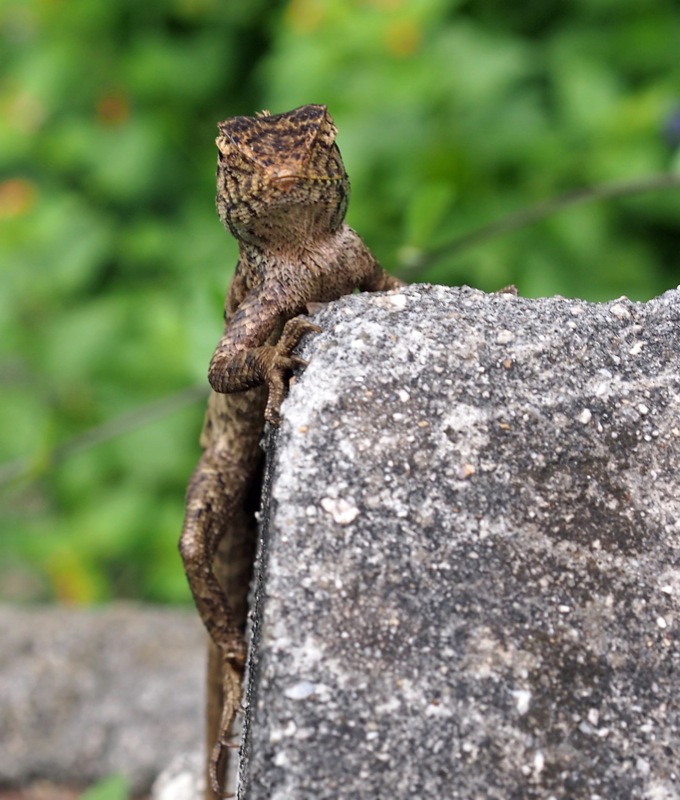

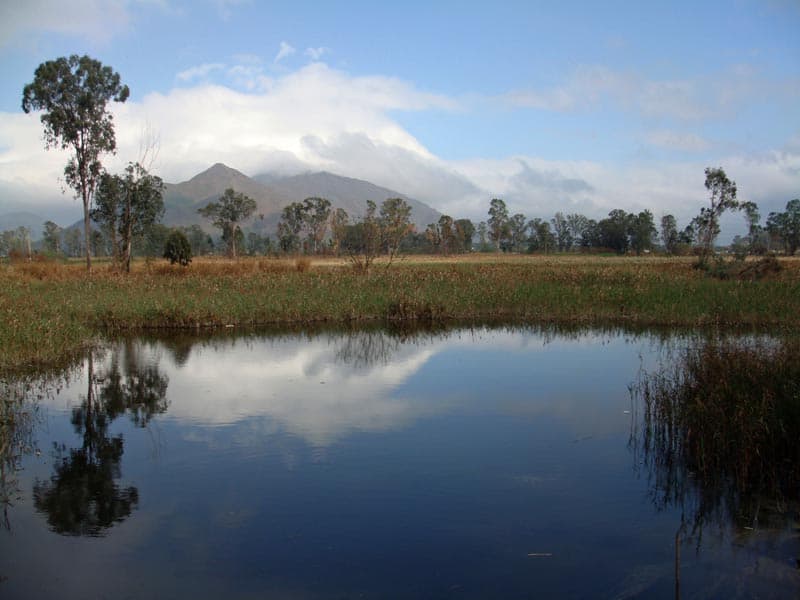


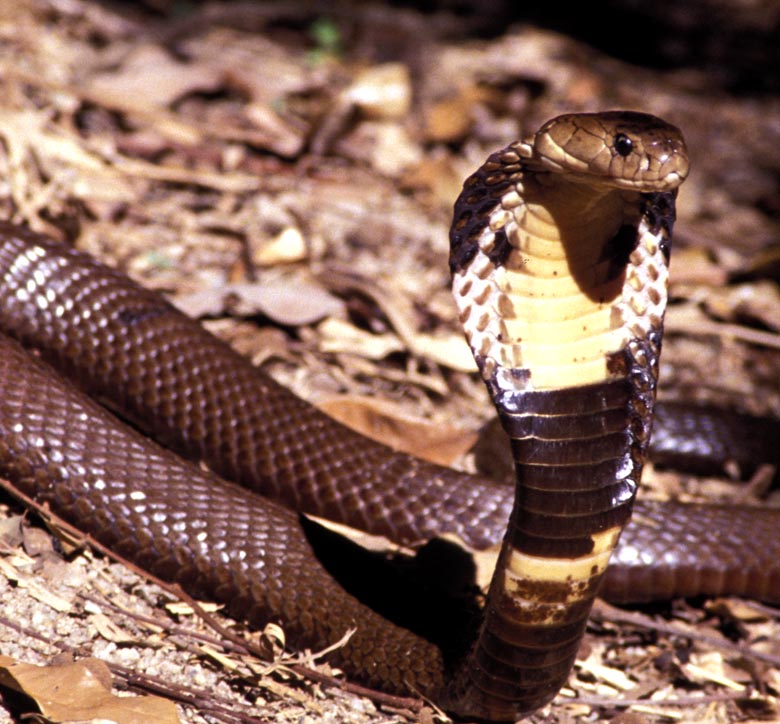
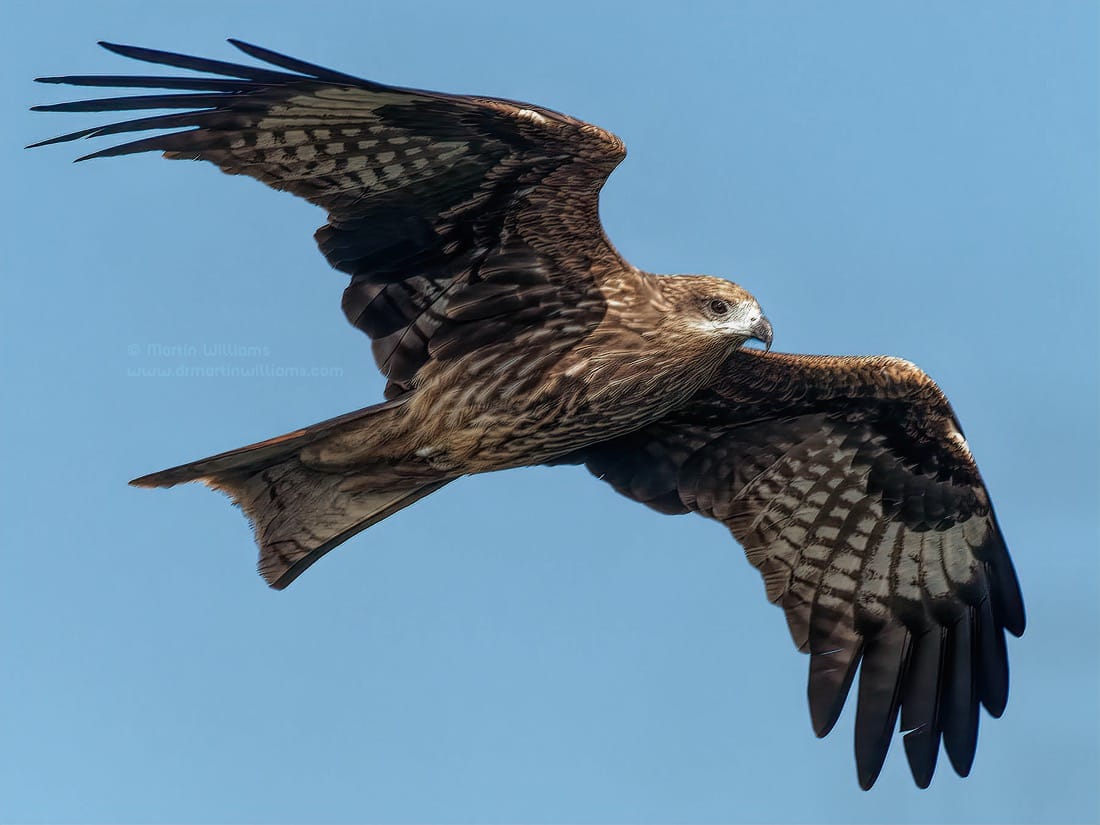
Wild boar IMO are a terribly destructive creature that Hong Kong can no longer afford to host. They have no predators here save for the odd almost extinct Burmese python and breed like city rats.
I live in the forests of Hong Kong and witness the incredible damage done by an over population of wild boars. They dig around tree roots to such an extent that trees simply fall over in our typhoons and winds. They are also rapidly making bamboo in our country parks an extinct family. yearly they will arrive (August) at the exact time bamboos send up their fat shoots which they dig up right to the base of the mother culm, leaving bamboos encircled with deep pit like moats starving them of moisture and roots and new culms to keep growing. Even when the bamboo is almost dead they will still return and dig some more just in case any shoots survive the initial attack. Sadly they’re our number one waste of space.
Pigzilla has a twin and it lives on Kowloon Peak. The largest swine I’ve ever seen and I’ve seen a few. He has huge tusks and and can strip an entire section of forest of roots in a night. Literally ploughing it up thigh deep. People have been feeding him intentionally and unintentionally, leaving offerings of food intended for ancestors all over the road and graves and actually throwing food at him. He has peak days including grave sweeping day when I think he packs on the most pounds as people simply dump their waste food and plastics all over the country park. This is the time he comes down the mountain as the graves wind downward into the foothills so does he feasting as he goes. I often see him standing triumphantly at look out points eyeing his domain.
Personally I think leopards should be introduced if we intend to keep the pigs. Leopards hardly bother people but could feast on the pigs, barking deer would also be targets but they seem to me rather healthy numbers of them around. I’ve live in leopard areas they’re secretive and eat wild dogs too. Very rarely do they kill humans and mostly only when cornered or ambushed. Win win.